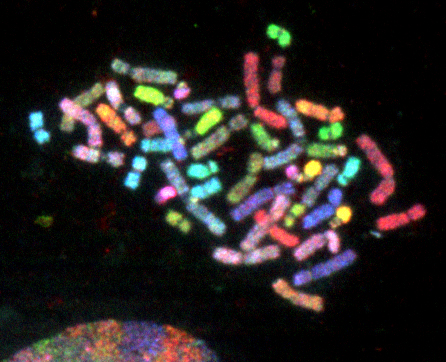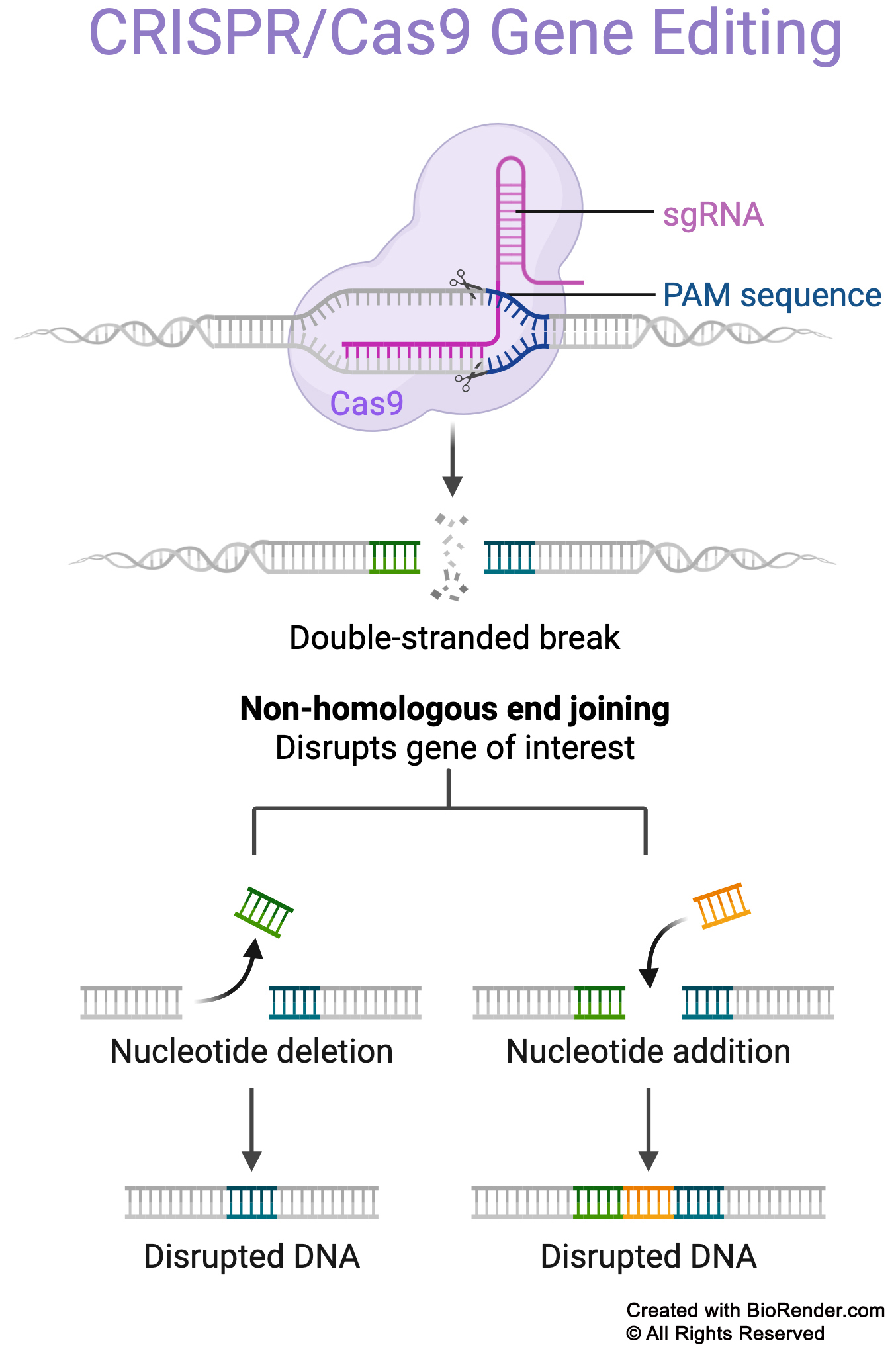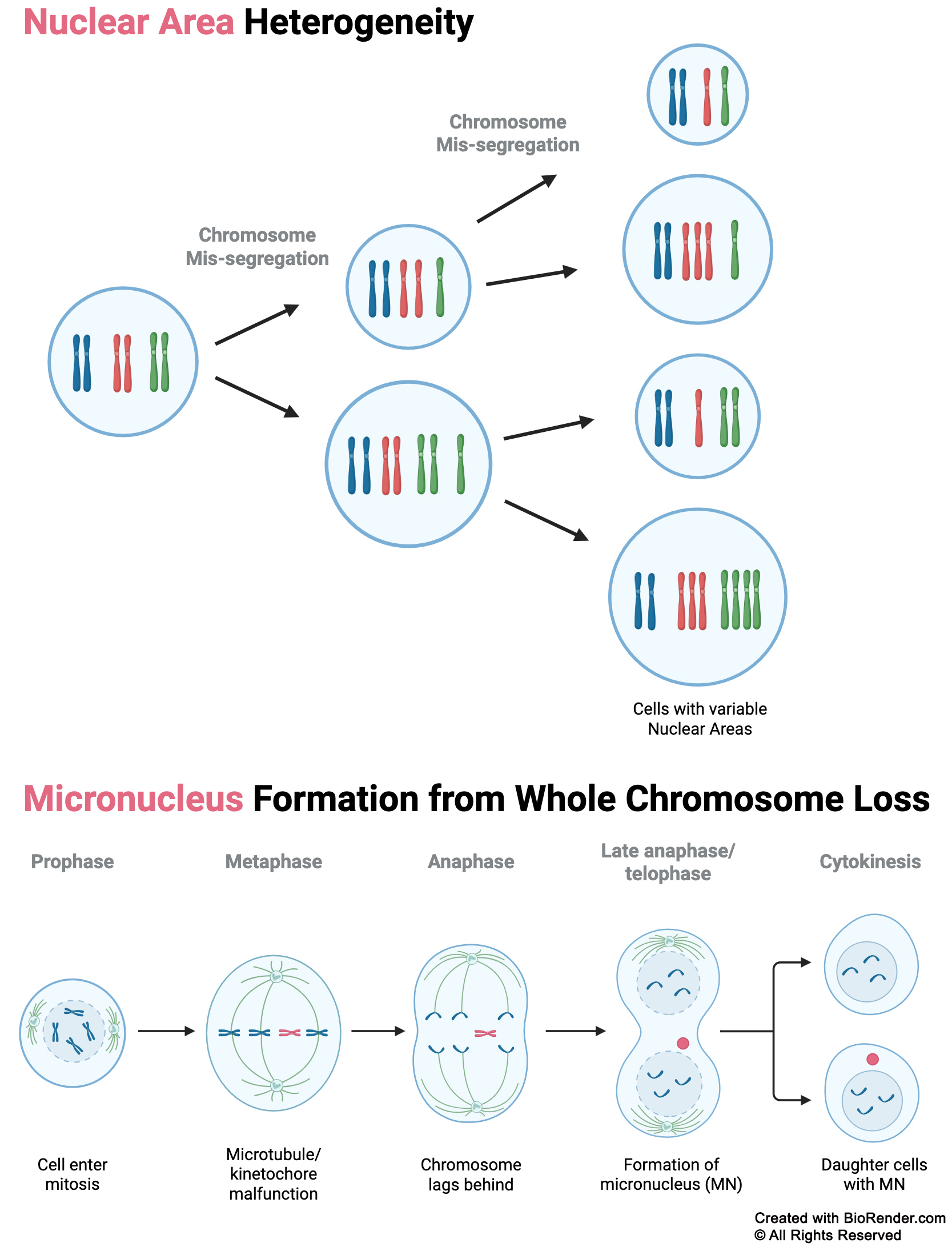
CHROMOSOME STABILITY
Genome stability is the foundation of healthy cells and the key to normal cell physiology and species survival. It is a defining feature of eukaryotic cells and is essential for the accurate maintenance and partitioning of genetic material during cellular division. Despite its critical importance, the complex network of genes, proteins, and pathways that safeguard genome stability remains largely unknown.
Chromosome stability, or the precise preservation of chromosome number and DNA content, is a cornerstone of genome integrity. However, fundamental questions about how chromosome stability is regulated and maintained persist. Advancing our understanding of genome stability depends on uncovering the molecular mechanisms that control chromosome stability, a pioneering area of research with profound implications for biology and medicine.

We invite curious and motivated students and postdoctoral fellows to join us in this pioneering research, where you can develop hands-on expertise with the latest technologies and contribute to fundamental advances in cell biology.
Our team is at the forefront of innovative research into chromosome stability, a fundamental process that ensures cells maintain the correct amount of genetic material through every division. By harnessing state-of-the-art genetic tools and groundbreaking imaging technologies, we are uncovering the molecular pathways that safeguard the very foundation of cellular life.
Leading Edge Genetic Approaches
To identify the genes and proteins that regulate chromosome stability, we use advanced genetic techniques such as siRNA-mediated gene silencing and CRISPR/Cas9 gene editing. These powerful methods allow us to selectively turn off or remove specific genes in living cells, enabling us to pinpoint their roles in maintaining chromosome number and DNA content. Our schematic illustrates how these approaches let us dissect the complex genetic networks that keep our genomes stable.

Illustration showing how we use CRISPR/Cas9 gene editing to generate novel cellular models to study chromosome stability. The Cas9 protein, guided by a custom RNA, cuts DNA at a precise site. The cell repairs this break by adding or deleting DNA segments, effectively disrupting the target gene. This powerful, state-of-the-art approach allows us to uncover the genetic factors that maintain chromosome stability.
Quantitative Imaging Microscopy (QuantIM): Illuminating Chromosome Dynamics
Our research leverages state-of-the-art QuantIM to visualize and measure changes in chromosome stability at the single-cell level.

(Top) Schematic demonstrating how we use nuclear area measurements as a sensitive readout for changes in DNA or chromosome content. By precisely quantifying nuclear size, we can detect subtle shifts that signal underlying chromosomal alterations. (Bottom) Quantifying micronuclei, or small, extranuclear bodies that arise when chromosomes or fragments fail to be properly incorporated during cell division. Micronuclei serve as a visual markers for the loss of chromosome stability, and our imaging approaches allow us to track and analyze these events in real time.
By integrating innovative genetic and imaging strategies, our lab is driving new discoveries into chromosome stability.